DOs and DON’Ts of Sports Related Injuries
When it comes down to an injury, take care of yourself before returning to sports.
As a parent or a participator in sports, you should be aware of the risks that come along with playing a sport. If you fell, got hit with a ball or even collided into someone, you have been at risk for injury during a game.“High school athletes account for an estimated 2 million injuries, 500,000 doctor visits and 30,000 hospitalizations each year,” according to stopsportsinjuries.org. | Graphic by Rachel Lotlikar.
December 5, 2017
Collisions are just one common way of getting injured in a sport. There are many ways one can get injured in a sport, it could be as simple as running.
Running can cause shin splints that can lead to a stress fracture, someone can twist their ankle and sprain it, they could be running, fall and hit their head, etc. In fact, “more than 3.5 million children ages 14 and younger get hurt annually playing sports or participating in recreational activities,” according to hopkinsmedicine.org.
Here are some dos and don’ts related to sports injuries:
R.I.C.E. YOUR INJURY. Rest, ice, compression and elevation. After an injury, this helps to relieve swelling, pain and possibly range of motion if affected from injury.
DO SEEK MEDICAL ATTENTION IF SERIOUS. If it is obvious that your bone is dislocated or broken, it is clear that you need medical attention right away. But sometimes when symptoms aren’t as obvious it isn’t clear whether to treat it like any other bump or bruise. If severe headache, nausea or vomiting, notable decrease in range of motion, persistent pain in area that is caused by a sport or large swelling occur, this is often when you would seek medical attention.
DO NOT OVERWORK INJURED AREA. Sometimes players will continue to play if an area is sore or bothering them. Stop. Because believe it or not, you can be injuring yourself further if you continue to play on an injured area.
DO NOT IGNORE SWELLING. More common than not, swelling is obvious to the eye, but sometimes you it’s not. If you do have a swollen area it can shift tendons and muscles around from the pressure built up fluid in the area. It can possibly lead to further injuries.
DO NOT IGNORE NUMBNESS OR TINGLING. Numbness or tingling of any part of your body could be a symptom of something wrong with your nerves, muscle or a serious injury. If you can’t explain why you have this sensation, it’s usually an indication that you need to seek medical attention.

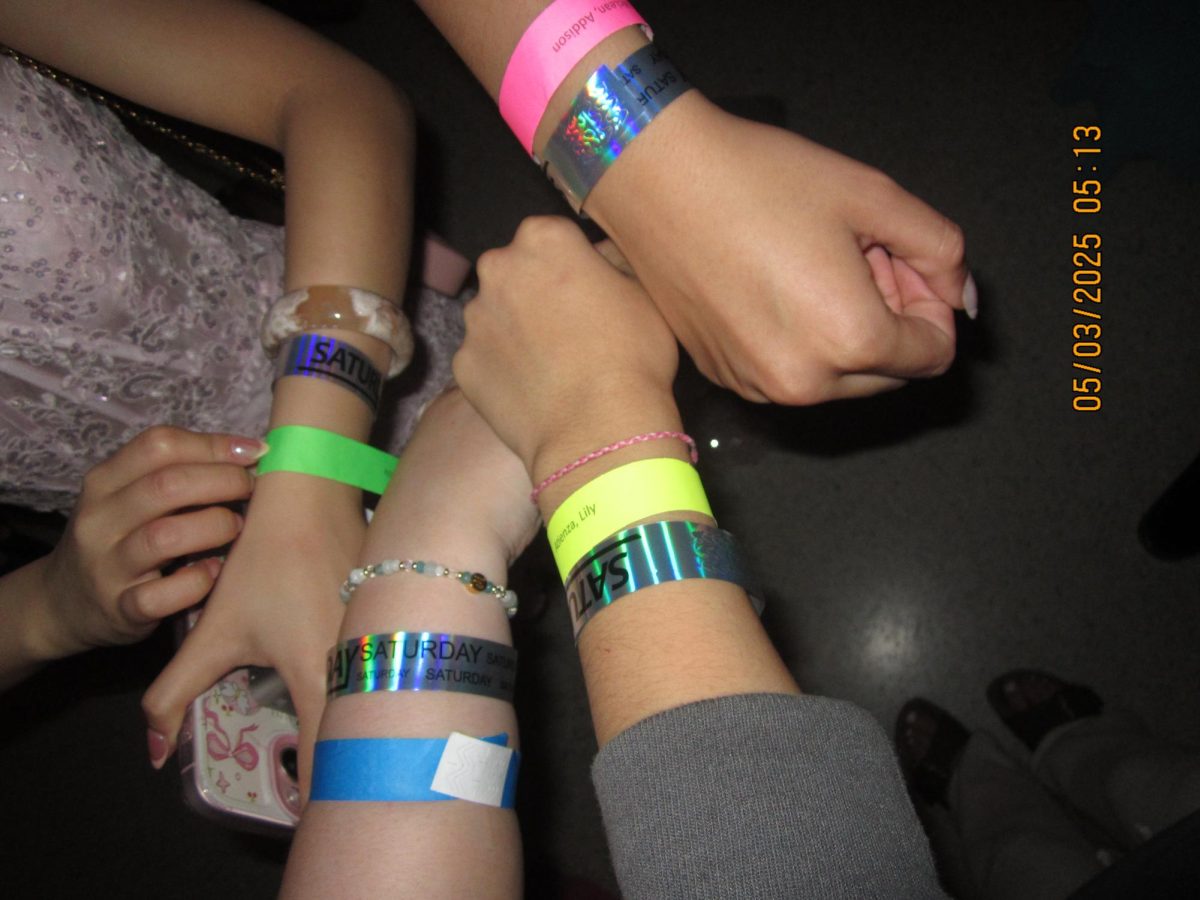











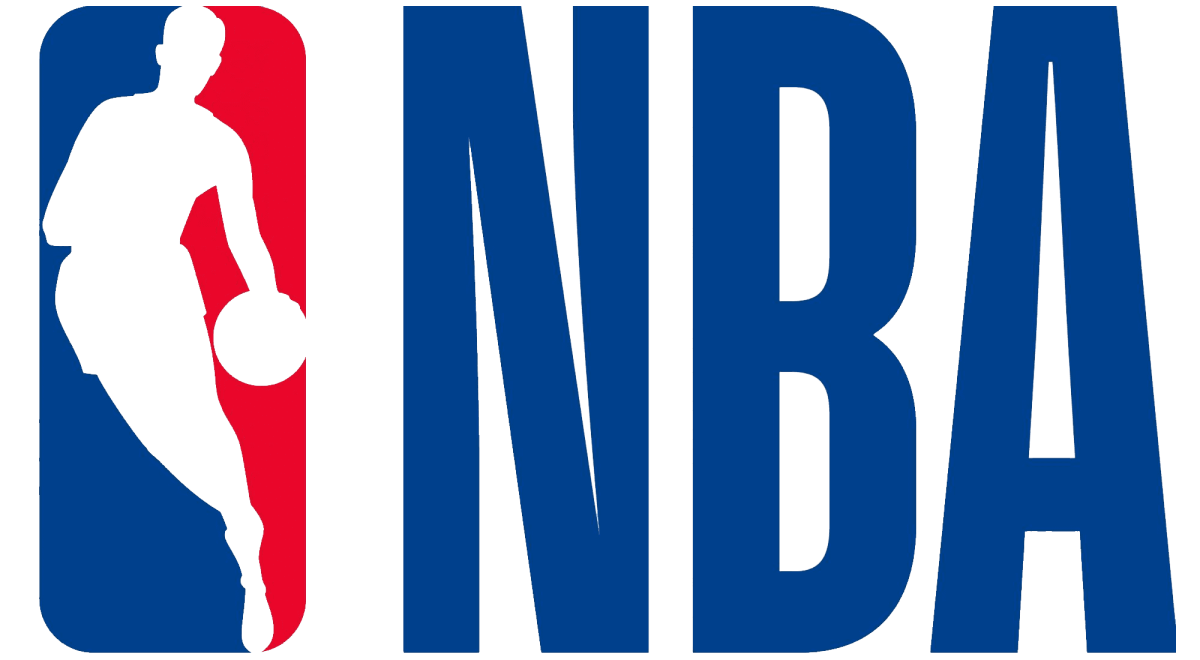
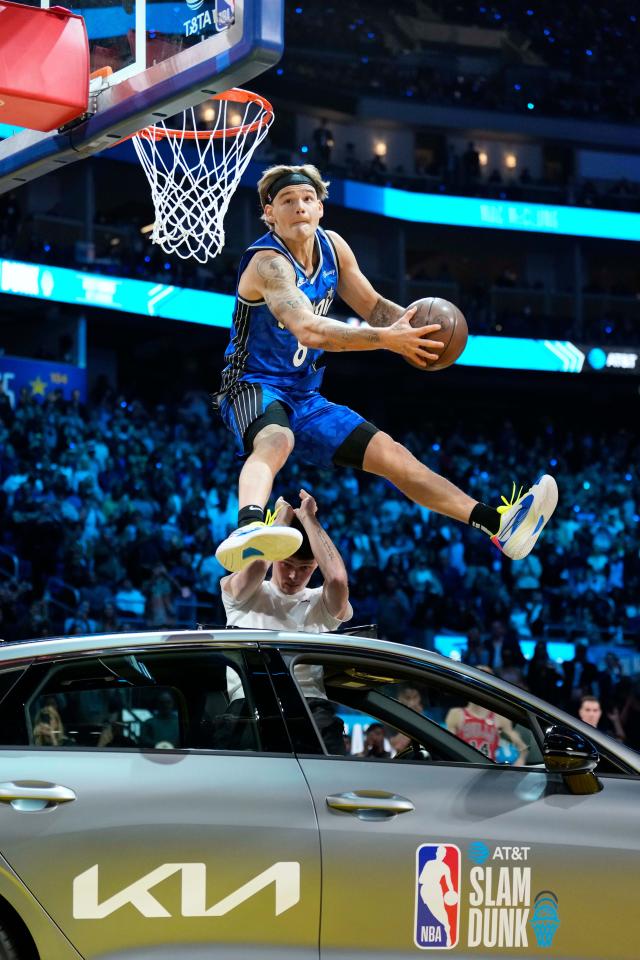



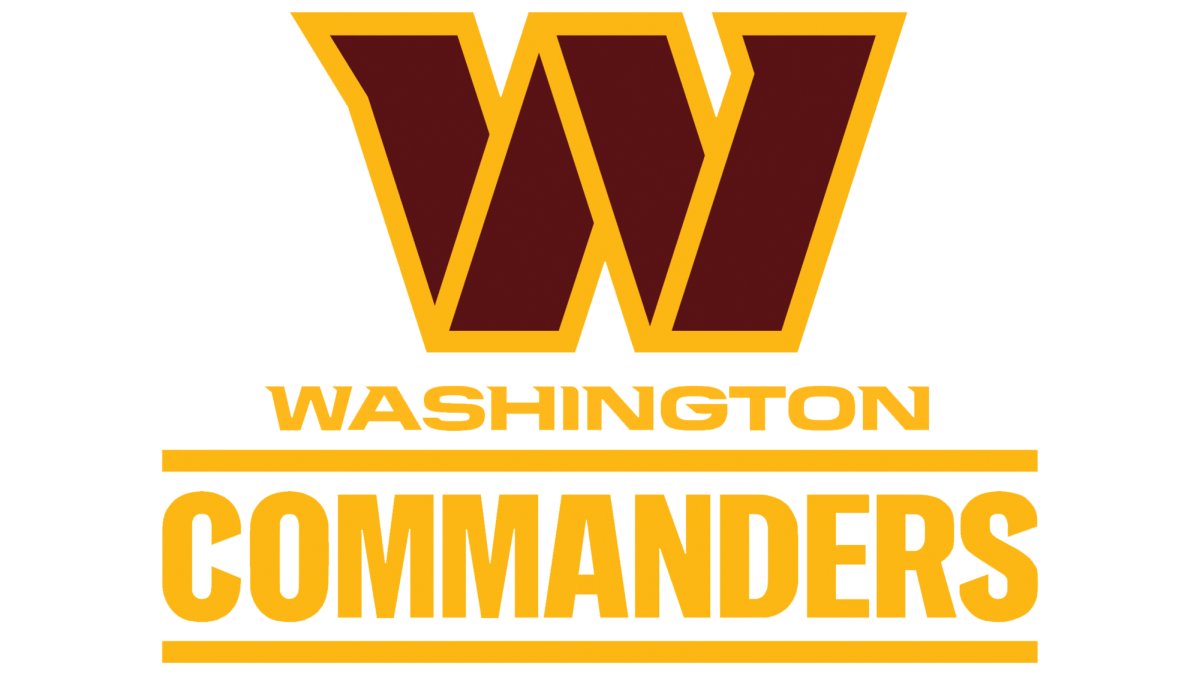



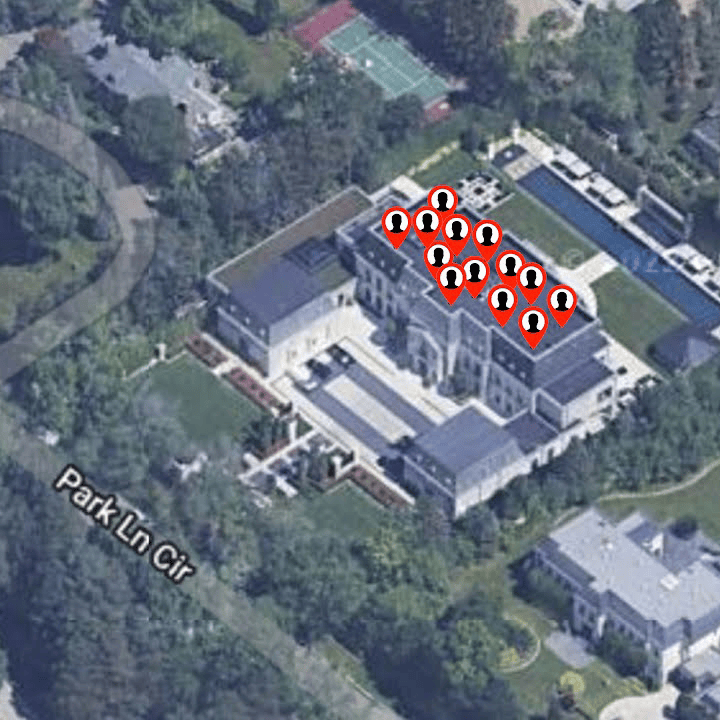







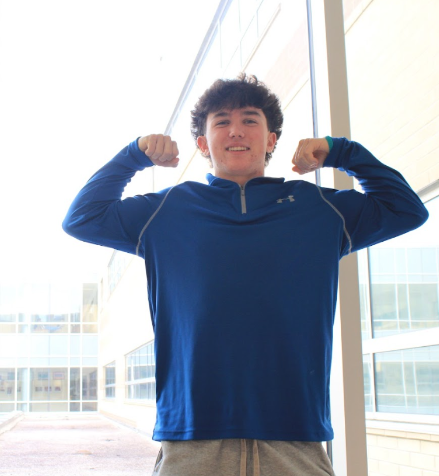















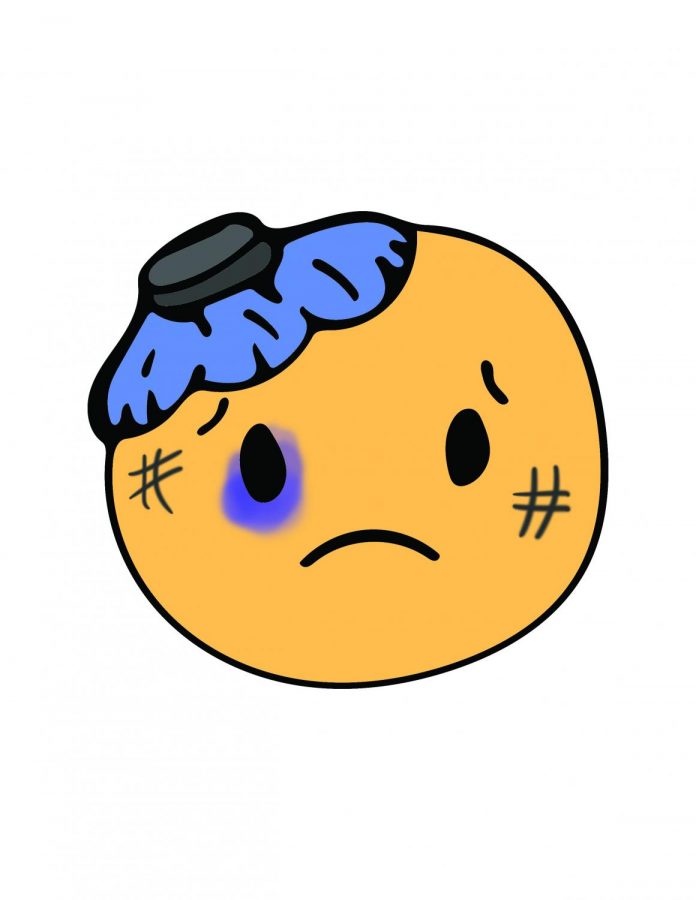

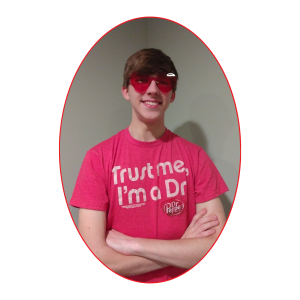


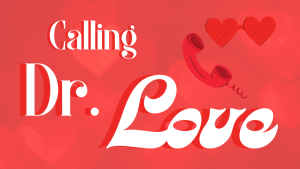




Charlotte Fleet • Apr 9, 2021 at 4:40 pm
Shelby, I love how you emphasized the importance of seeking medical attention if the sports injury you obtained is serious and there is persistent pain. My younger brother got injured in his high school basketball game last night and it is still hurting him. I will suggest that he find a reliable orthopedic doctor that specializes in sports medicine right away. https://www.northwoodsfamilyortho.com/our-practice